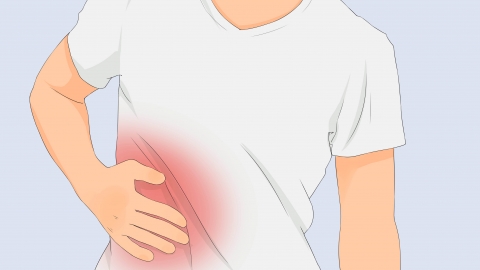Is the risk of liver hemangioma rupture high?
In general, the risk of rupture of a liver hemangioma depends primarily on the size and location of the hemangioma, as well as the patient's overall health condition. If any physical discomfort occurs, prompt medical attention is recommended. The specific analysis is as follows:

If the liver hemangioma is small in size, located away from the liver edge or major blood vessels, and the patient does not have underlying conditions such as cirrhosis or coagulation disorders, the risk of rupture is generally low. These hemangiomas are typically situated deep within the liver, have a relatively stable vascular wall structure, and are less likely to be affected by external trauma. Rupture rarely occurs during normal daily activities, and most patients remain asymptomatic for long periods, requiring only regular monitoring.
However, if the liver hemangioma is large, located near the liver surface or adjacent to major blood vessels, or if the patient has coagulation disorders or is taking anticoagulant medications long-term, the risk of rupture may be significantly higher. Large hemangiomas have increased wall tension, making them susceptible to rupture even from minor trauma. Rupture of a hemangioma near major vessels can lead to massive internal bleeding, and impaired coagulation further increases the risk of uncontrollable hemorrhage, which may become life-threatening in severe cases.
After diagnosis of a liver hemangioma, regular imaging follow-ups are necessary to monitor changes in size and position. It is generally recommended to repeat imaging every 6 to 12 months after the initial examination. Patients should avoid vigorous exercise, abdominal trauma, or any activity that may increase intra-abdominal pressure. Before taking any medication, patients should inform their doctor about the hemangioma to avoid drugs that may affect coagulation. If sudden symptoms such as abdominal pain, dizziness, or palpitations—suggestive of possible rupture—occur, immediate medical attention is essential; delaying treatment could be dangerous.






